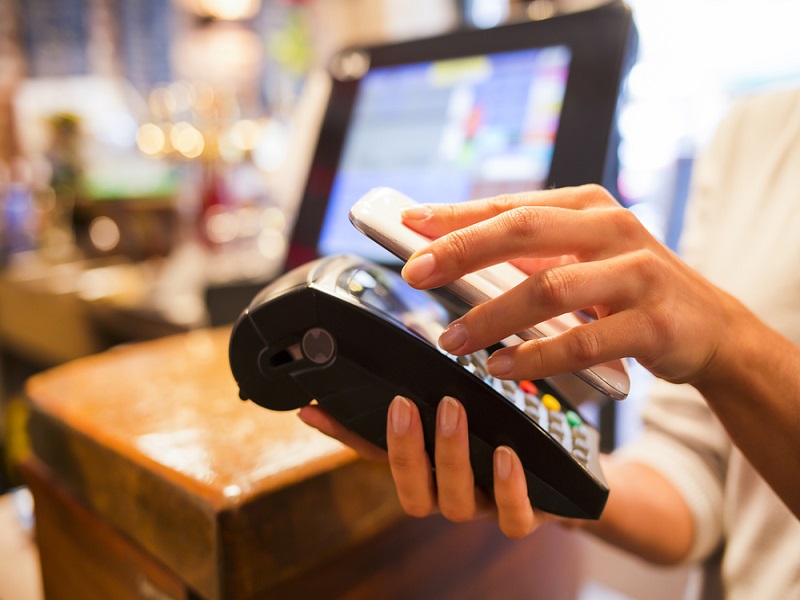Apple Pay has been touted as one of the most revolutionary mobile payment forms of the past 12 months. Despite a ton of marketing efforts, hype, and integration by thousands of merchants around the world, the platform has not been without flaws. In fact, most users are still not sure whether or not Apple Pay is a favorable option. Running out of phone battery makes the entire payment utterly useless.
Also read: Understanding FinTech – What is it And Why Do We Need It?
Apple Pay – Positive Signs But Still Not Lovingly Embraced
Apple Pay is proving to be quite an interest spin on mobile payments, as the service has many things going for it. There is a dire need for more competition in the mobile payments ecosystem, and Apple Pay, combined with Android Pay and Samsung Pay, are just a few of the names in the mix. Everyday consumers favor mobile payments as a form of cashless transactions, and Apple Pay has launched at the most opportune time.
For small businesses, Apple Pay may be a favorable option, depending on their customer page. Especially younger generations seem to enjoy using Apple Pay, and if that demographic represents over half of a store’s clientele, it might be worth investing in the additional hardware. Plus, more partnerships have been announced to grow the Apple Pay ecosystem even further.
Additionally, more card issuers and banks are supporting Apple Pay on a monthly basis. At the time of publication, over 400 financial institutions have partnered with Apple Pay so far. Combine that with a rather strong initial adoption, and things seem to be on the right track. But there are still a lot of hurdles and problems to overcome as well.
Despite that strong initial response, usage rates of Apple pay have been declining across the board. Even people who used Apple Pay on a daily basis have started to resort to this form of payment less and less. In fact, most users indicate they rarely consider using the payment method at all. No alarming situations just yet, but it’s not a great sign of confidence either.
A fair amount of big-brand merchants is still holding out on Apple Pay. Most major brands are developing – or have developed – their mobile payment system and are not too keen on embracing the competition just yet. When consumers have to keep in mind where they can use what payment method, traditional wallets and card payments will always win. European penetration seems to be particularly difficult to overcome.
Last but not least, Apple Pay users rely on their device’s battery status to make payments; Most everyday consumers find themselves out of mobile battery at least once a day, making such a payment method inconvenient. Apple pay is not the only mobile payment method suffering from that fate, though, but this matter needs to be addressed sooner or later.
Bitcoin Payments Suffer From The Same Fate
The mobile payments sector is prone to several weaknesses and flaws, especially as far as device’s battery levels are concerned. Bitcoin can also be used as a mobile payment, but using it is also subject to battery levels. However, there is one major difference between Apple Pay and Bitcoin payments, as the latter can be used without investing in additional infrastructure.
It will be interesting to see how the mobile payment ecosystem will evolve in the next few years, and whether or not Bitcoin payments will play a big role. Apple Pay is struggling with adoption around the world, whereas Bitcoin can be used as a borderless global digital currency. One thing’s for sure, though: Apple Pay is facing stiff competition, and not just from similar payment methods, but also digital currencies.
What are your thoughts on Apple Pay and the mobile payment sector? What will Bitcoin’s place be in all of this? Let us know in the comments below!
Source: TechCrunch
Images courtesy of Apple Pay, Shutterstock









